
Your mobile home is your sanctuary, and its roof is crucial in keeping you safe and dry. However, if you’re reading this, chances are you have an older mobile home since flat metal roofs haven’t been used widely for many years. Maintaining a flat roof on a mobile home requires a bit more attention, but it’s something any homeowner can handle.
Unlike curved roofs that naturally shed rain and snow, flat mobile home roofs need a little extra care. They can’t easily let rain or snow slide off like slanted roofs can.
Whether you’re a seasoned pro or just dipping your toes into roof maintenance, we’re here to help with some simple tips to keep that roof over your head intact and leak-free. Let’s dive in!
Regular Inspections
It’s important to regularly check your flat roof to find and fix problems early. Aim to inspect your mobile home’s roof at least twice a year, ideally in the spring and fall. Look for signs of damage like cracks, blisters, punctures, pools of water, or loose seams. Also, check the flashings, drainage systems, and roof edges for any gaps or damage, especially around vents, chimneys, and skylights, as these areas often have issues. If you see any problems during your inspections, fix them immediately to avoid more damage.
Mobile Home Roof Coating for Better Protection
Flat roofs are exposed to direct sunlight for prolonged periods, making them vulnerable to UV damage and heat buildup. UV rays can gradually break down roofing materials, leading to cracks and other forms of deterioration.
To combat these issues, applying a roof coating can significantly improve the durability and waterproofing of your flat roof. These coatings act as a protective barrier, shielding the roof from UV rays, harsh weather, and everyday wear and tear. They also enhance energy efficiency by reflecting sunlight and reducing heat absorption. Typically, roof coatings are white and reflect 60-85% of the sun’s harmful rays.
How often you need to apply roof coating will depend on the condition and location of your home. A high-quality coating can save money on cooling costs and extend the lifespan of your home, so it’s worth spending a little extra for a top-notch product.
Types of Mobile Home Roof Coating
Coatings and sealants are your best friends when protecting your mobile home roof. Here are two common types to consider:
Elastomeric Roof Coatings
Elastomeric roof coatings are fantastic options for mobile home roofs because they’re flexible and durable. They come in a white latex form that you can easily apply over different types of roofing materials, such as asphalt, fiberglass shingles, tar paper, and metal. This coating is perfect for mobile homes because it can stretch and shrink with temperature changes, keeping your home safe from leaks and weather harm.
Protect Your Roof with Kool Seal®
When it comes to protecting your roof, the Kool Seal® brand stands out as a trusted choice for elastomeric acrylic sealants and coatings. For around $134, you can get a 5-gallon bucket of their white acrylic coating, providing ample coverage for your roof.
To ensure a proper seal, it’s recommended to tape over the seams on your roof before applying the coating. Contouring seam tape is especially effective for this task.
Asphalt Aluminum Coating for Mobile Home Roofs
Asphalt aluminum is another common choice for coating mobile home roofs. Made primarily from asphalt and aluminum particles, it’s widely used and sticks well to almost any surface. However, it does have a drawback: it tends to attract dust, which slightly lowers its reflectivity.
But don’t let that deter you! Asphalt aluminum coatings can still do wonders for your home. Once applied, they provide security within just 24 hours and can lower your roof’s temperature by as much as 60 degrees. In fact, they often fall into the “cool roof” category, helping keep your home comfortable and energy-efficient.
Keep Your Insurance Valid with Regular Roof Sealing
To keep your home insurance intact, you might need to seal your flat roof regularly. If you ever need to make a claim related to your roof and it’s discovered that you haven’t sealed it as required, your claim could be denied. Some agents might not mention this, so it’s crucial to thoroughly read and understand your policy to ensure you comply with all requirements.
Mobile Home Roof Repair
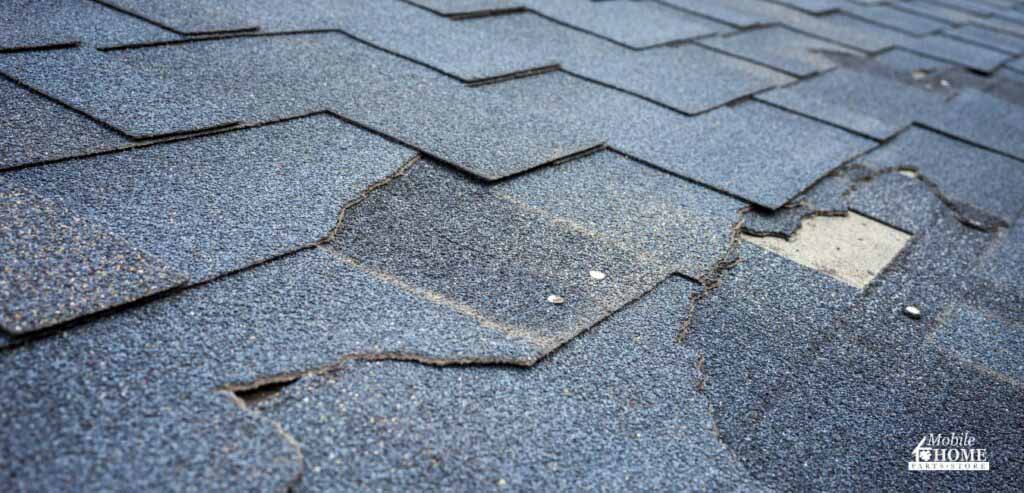
If you see water stains on your ceiling or walls, there might be a leak in your metal roof. It’s important to fix it right away. While rubber roof coating may temporarily work to stop a leak, it’s not a permanent solution. A coating isn’t designed to repair a leak— that’s where sealant comes in. Don’t mix up the two! If there’s a leak, seal or patch it, then apply the coating.
Even if you maintain your roof regularly, leaks can still occur due to materials, bad weather, or accidents. It’s crucial to fix leaks quickly to prevent damage to your roof and home’s interior. When you find a leak, determine where it’s coming from and decide if it’s a simple fix or if you need a professional roofer.
Patching Your Mobile Home Roof
If you discover a leak in your mobile home’s roof, it’s crucial to patch it immediately. The key is to create a slightly raised area to prevent water from pooling. The patch should allow water to run off quickly on all sides. However, the patch must be leveled with the rest of the roof. This might require cutting out a small section to insert insulation or adding plywood to create a gentle slope.
Here are two quick fixes for patching up a flat metal roof:
Black Mastic
One of the most popular and cost-effective methods for patching a mobile home roof is black mastic tape and cap kits. Black mastic is a sticky, tar-like substance designed to seal small cracks and holes in your roof. You can purchase a complete kit that includes the mastic, a fabric webbing, and an asphalt-aluminum coating. Apply the mastic generously over the damaged area and allow it to dry completely for a watertight seal.
Butyl Rubber and Galvanized Steel Patch
Consider using butyl rubber and galvanized steel patches for larger holes or damaged roof sections. Begin by applying mastic under the galvanized steel patch, then screw it onto the roof over the damaged area, ensuring the screws hit the trusses for stability. Next, apply foil-faced sticky butyl rubber over the patch, extending it past the edges. Butyl rubber is a durable material that can effectively patch larger areas of damage on your roof.
Keeping Your Flashings in Good Shape
Flashings are crucial to keep water out for roofs with vents, chimneys, skylights, and other parts that stick out. Flashings can wear down or get loose as time passes, letting water in. Check your flashings often and fix any problems right away. If you find any are broken or missing, replace them and ensure they’re sealed up tight so they keep doing their job well.
More Tips to Maintain a Mobile Home Roof
Here are a few additional tips to keep your flat roof in tip-top shape:
Why Quick Snow Removal Matters
In colder regions, keeping your roof clear of snow and ice is crucial. Excess snow buildup can put immense pressure on your roof, risking structural damage and even collapse.
To tackle this, gently remove snow from the edges using a roof rake with a long handle. Be careful not to scrape or damage the roofing material. Also, keep gutters and downspouts clear to allow proper drainage when the snow starts to melt.
If you notice ice dams forming along the edges of your roof, it’s best to seek professional help to remove them safely. This prevents water backup and potential leaks, keeping your home safe and dry.
Clearing Debris and Managing Trees and Plants
To keep your roof in good condition, it’s important to regularly remove leaves, branches, and other debris that can collect moisture and cause leaks or damage. Make sure to clean your roof surface, drains, and gutters to prevent blockages. You can hire professionals to thoroughly clean if needed.
If you have trees near your roof, it’s also essential to trim overhanging branches. These branches can scratch or puncture the roof, and leaves or debris can clog drains and gutters. Trim branches regularly to maintain a safe distance from the roof. Watch out for vegetation growing on the roof, as roots can damage the waterproofing layer. Remove any moss, algae, or other vegetation promptly to keep your roof in good shape.
Choosing the Right Parts for Your Mobile Home Roof
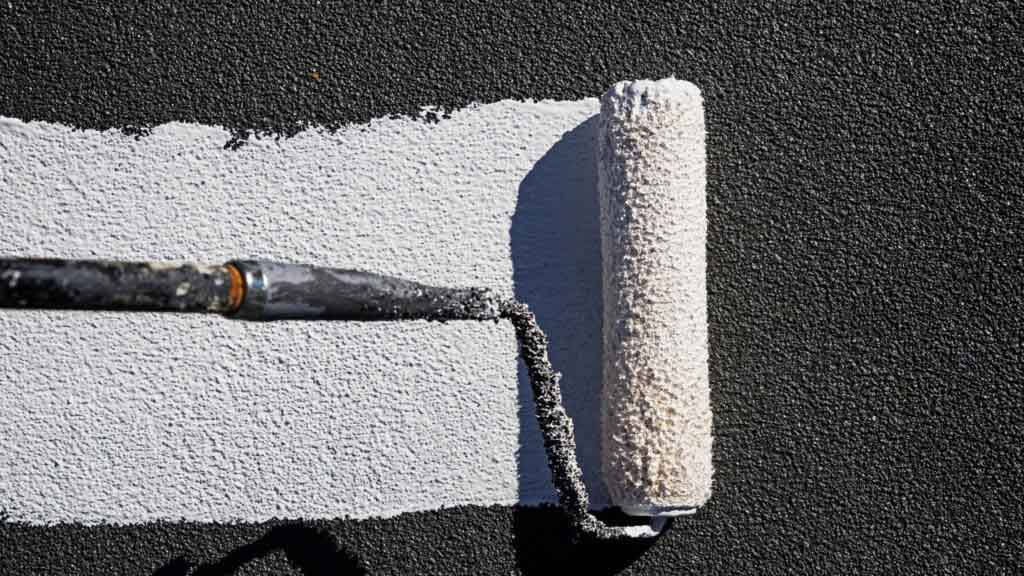
Mobile home roof care and maintenance can seem scary and, admittedly, financially overwhelming. Still, keeping your roof in good condition is crucial, especially if you have an older mobile home.
With regular inspections, proactive measures like applying roof coatings, and timely repairs using quality products from trusted brands like Kool Seal®, you can ensure protection against the elements and potential damage. Additionally, staying on top of maintenance tasks such as snow removal, debris clearing, and flashing upkeep will help preserve your home’s structural integrity and keep it safe and dry for years to come.
And if you ever need supplies or advice, Mobile Home Parts Store is here to help! We have the parts and supplies to ensure your roof remains leak-free and durable, protecting your home for years to come. Invest in your roof’s maintenance today to avoid costly repairs in the future, and enjoy a safe and secure sanctuary. Here’s to many more years of safe and comfortable living in your mobile home!
Tags: Aluma-Kote Aluminum Roof Coating, Aluminized Asphalt Roof Coating, Elastomeric Roof Coating, mobile home roof, mobile home roof repair, Roof Coating


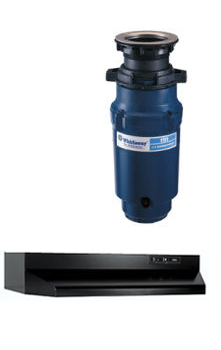
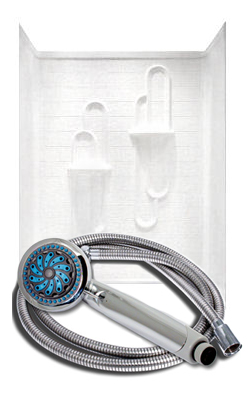
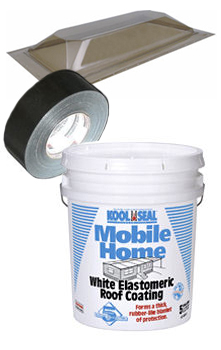
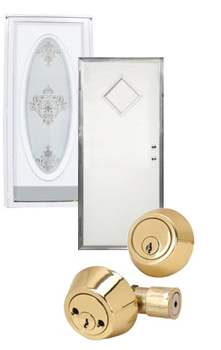
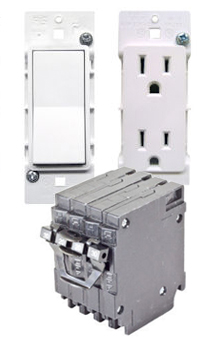
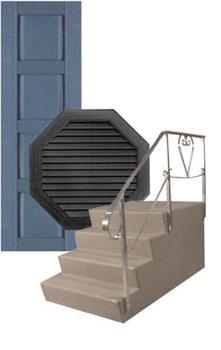
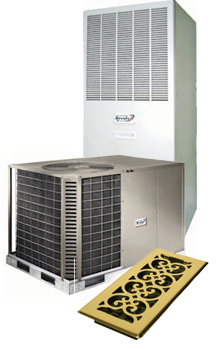
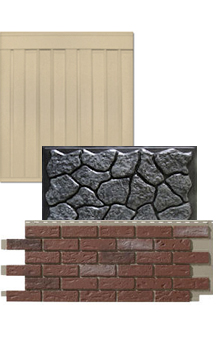
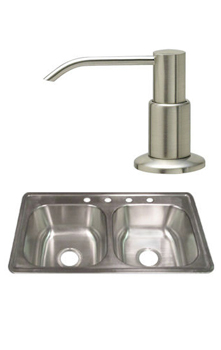
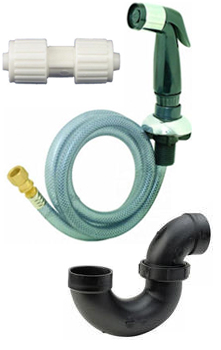
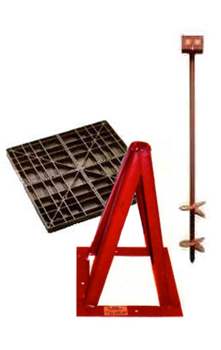
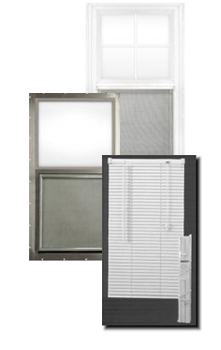
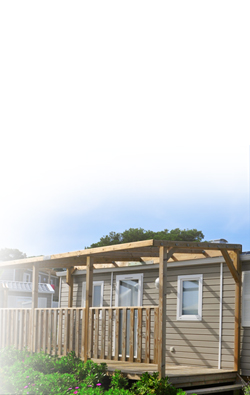
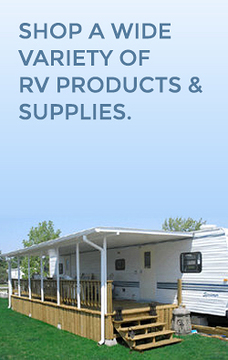


.jpg)
.jpg)

